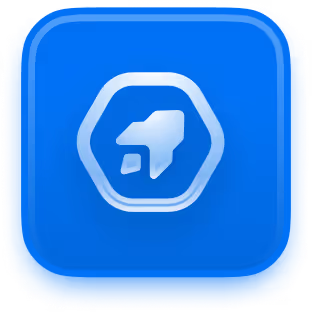Are you ready to boost your email marketing game? Imagine that emails that not only get opened but also drive action. With the right email sequence, you can achieve just that!
Did you know that email marketing has an average ROI of 3800%? Yes, you read that right! It's one of the most effective ways to reach your audience directly.
But here's the catch: crafting the perfect email sequence can be a challenge. That's where we come in. In this guide, we'll walk you through 7 stellar email sequence examples that are sure to elevate your campaigns to new heights.
Let's dive in and unlock the secrets to creating better campaigns!
What is an Email Sequence?
An email sequence is like a series of steps in a dance, but instead of dancers, it's emails! Imagine you're telling a story through several messages, each building upon the last. It's a way to communicate with people over time, sending them a series of emails instead of just one.
For example, say you're promoting a new product. Instead of sending one email and hoping for the best, you could create a sequence where you introduce the product, share its benefits, and then offer a special discount. This way, you guide your readers through a journey that's more engaging and effective.
Think of it as a friendly guide leading you through a maze. Each email in the sequence has a purpose, whether it's to inform, entertain, or persuade. And just like a maze, the sequence has a beginning, middle, and end.
You might start by welcoming someone to your email list, then share valuable content to build trust, and finally, make an offer or ask for action.
The beauty of an email sequence is that it's like having a conversation with your audience over time, nurturing your relationship and ultimately driving them toward your desired outcome.
-min.jpg)
Importance of Email Sequence
Email sequences is like a secret weapon in the world of marketing. Imagine you send one email, and it's like a single drop in a big ocean.
It might catch someone's attention for a moment, but then it's gone. But with an email sequence, it's like casting a net into that ocean.
You send a series of emails, each one building on the last, and suddenly you've got a much better chance of catching your audience's interest and keeping it. That's why an email sequence is so important—it helps you stay on your audience's radar and guide them toward taking action.
Have you ever received an email that made you think, "Wow, I need to buy this now!"? Chances are, that email was part of a carefully crafted sequence.
Email sequences are like a journey, guiding your audience from one step to the next. They allow you to tell a story, provide valuable information, and ultimately, nudge your audience towards making a purchase or taking another desired action.
Without a well-planned email sequence, you might be missing out on valuable opportunities to connect with your audience and achieve your marketing goals.
So, whether you're promoting a product, nurturing leads, or simply staying in touch with your subscribers, an email sequence can make all the difference.
-min.jpg)
Advantages of Email Sequence
The advantages of email sequences are like having a secret weapon in your marketing arsenal. Here's why they're so great:
- Building Relationships: Email sequences help you connect with your audience over time, allowing you to build trust and rapport.
- Increased Engagement: By sending a series of emails, you keep your audience engaged and interested in what you have to offer.
- Personalization: You can tailor each email in the sequence to the recipient's interests and needs, making them feel valued and understood.
- Nurturing Leads: Email sequences guide potential customers through the buyer's journey, turning leads into loyal customers.
- Automating Processes: Once set up, email sequences run automatically, saving you time and effort while still reaching your audience effectively.
- Driving Conversions: With strategically placed calls to action (CTAs) and offers, email sequences can drive conversions and sales for your products or services.
- Tracking Performance: Most email marketing platforms allow you to track the performance of your sequences, giving you valuable insights into what's working and what's not.
Examples of Email Sequences
Different situations call for different types of email sequences. Let's explore some common ones that you can adapt and apply to your own business needs:
-min.jpg)
The Welcome Email Sequence
When someone new joins your email list or signs up for your service, the welcome email sequence is your chance to make a great first impression. It's like rolling out the red carpet for your new subscribers!
This sequence typically consists of a series of emails sent out automatically over a few days after someone subscribes. The goal is to introduce them to your brand, build rapport, and guide them toward taking further action, whether it's making a purchase, booking a demo, or simply exploring your website.

Renewal Email Sequence
A Renewal Email Sequence is a series of emails sent to remind people to renew their subscription, membership, or service. These emails aim to encourage them to continue their relationship with your business.
The sequence typically starts before the renewal date to give people enough time to make a decision. The emails may remind customers of the benefits they'll continue to enjoy, offer incentives or discounts to renew, and address any concerns they might have about continuing their subscription or service.

Abandoned Cart Email Sequence
Imagine you're shopping online, adding items to your cart, but then something distracts you, and you forget to complete your purchase.
That's where an abandoned cart email sequence comes in. It's like a friendly reminder from the store, saying, "Hey, you left something behind! Did you still want it?"
This sequence usually consists of a series of emails sent to customers who leave items in their online shopping carts without completing the purchase. The goal is to encourage them to come back and finish what they started.

Nurturing Email Sequence
A nurturing email sequence is like planting seeds and helping them grow into strong, healthy plants. It's about building a relationship with your audience over time, providing them with valuable information, and guiding them toward becoming loyal customers.
In simple terms, it's like being a helpful friend who's always there to offer support and advice.

Re-engagement Email Sequence
A re-engagement email sequence is like giving your old friends a friendly nudge to reconnect. Sometimes, people sign up for your emails but then forget about you or lose interest.
That's where a re-engagement sequence comes in handy. It's a series of emails designed to remind them of why they signed up in the first place and encourage them to become active again.
These emails can include special offers, updates, or simply a friendly hello to reignite their interest in your brand.

Event Email Sequence
Imagine you're organizing a big event, like a conference or a webinar. You need to make sure people know about it, get excited, and actually show up!
That's where an event email sequence comes in handy. It's like a series of emails you send out to your audience to keep them informed, engaged, and eager to attend your event.

Follow-up Email Sequence
A follow-up email sequence is like giving a friendly nudge to someone you've already contacted.
It's a series of emails sent after an initial interaction, like a meeting or a purchase, to keep the conversation going or to encourage action.
These emails are important because they help build relationships, remind people of your offer, and increase the chances of getting a response or conversion.
But to make your follow-up easier you can use our unlimited email outreach as it can automatically send follow-up emails, so you don't have to worry about forgetting or losing track.
It's like having a helpful assistant that keeps you connected with your potential customers.

Best Practices of Email Sequence
Email sequence best practices are like guidelines to help you make your emails more effective. Here are some simple tips to keep in mind:
- Understand your audience: Know who you're emailing and what they're interested in. Personalize your emails. Use the recipient's name and tailor the content to their needs.
By using our Success.ai’s AI email writer tool you can take your personalization game to the next level, making sure every email feels like it's made just for the people you're sending it to.
- Keep it short and sweet: People are busy, so make your emails easy to read and to the point.
- Have a clear call to action (CTA): Tell the recipient what you want them to do next, whether it's to buy something, sign up for a newsletter, or visit your website.
- Test and optimize: Try different subject lines, content, and sending times to see what works best for your audience.
- Follow up: Don't be afraid to send follow-up emails to remind people about your offer or to answer any questions they may have.
- Provide value: Offer something useful to your audience, whether it's a discount code, helpful tips, or exclusive content.
By following these best practices, you can create email sequences that engage your audience and drive results for your business.
-min.jpg)
Conclusion
Mastering email sequence examples can truly transform your email marketing strategy. By incorporating these tactics, you can effectively engage your target audience, whether they're potential customers or existing clients.
Utilizing social proof, such as case studies or testimonials, can reassure recipients and encourage them to open your emails. Offering lead magnets or discount codes addresses their pain points and entices them to take action.
Remember to tailor the number of emails in your campaign to suit your audience's preferences and needs. Utilizing email marketing software can streamline the process and track your results effectively.
So, don't wait any longer—start implementing these email sequence examples today to create better campaigns and achieve your business goals!
Our Success.ai’s tools will help your business to make the process much easier as we have everything you need for your email marketing to work well.


Try Success.ai No credit card required
Unlock unlimited access to 700M+ B2B leads, with unlimited email sending & warm-up. Supercharge your growth now with Success.ai!
















.avif)


.avif)





.avif)






.avif)









-min.jpg)




.jpg)

-min.jpg)









.avif)
.svg)
.avif)

